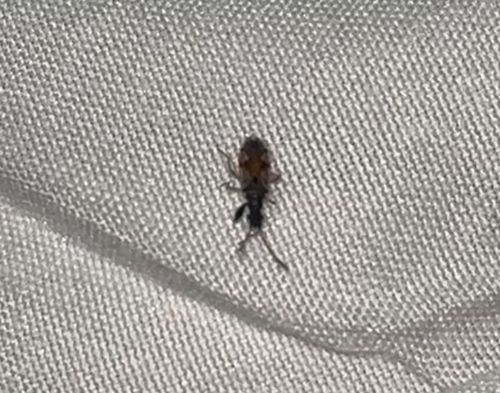Weevil
Scientific Name: Various species within the family Curculionidae (e.g., Sitophilus oryzae for rice weevil, Anthonomus grandis for boll weevil)
Order & Family: Order: Coleoptera, Family: Curculionidae
Size: Generally 1 mm to 40 mm, but most common species are between 2 mm and 6 mm in length.

Natural Habitat
Weevils are highly diverse and can be found in a wide variety of habitats. They inhabit fields, gardens, forests, grasslands, and even human dwellings (especially those that infest stored food products). Their specific habitat often depends on the host plant or food source they specialize in.
Diet & Feeding
The diet of weevils varies greatly by species. Many species are herbivorous, feeding on various plant parts including seeds, fruits, stems, roots, and leaves. Some are agricultural pests, feeding on specific crops like rice, wheat, corn, or cotton. Others infest stored food products.
Behavior Patterns
Weevils are typically slow-moving insects. Depending on the species, they can be found feeding on plants, in stored grains, or in other organic materials. Many species are known for the damage they cause to crops or stored food products.
Risks & Benefits
Risks: Many weevil species are significant agricultural pests, causing considerable economic damage to crops (e.g., boll weevil on cotton, rice weevil on grains) and stored food products. Infestations can lead to direct consumption of food, contamination, and reduced quality. Benefits: Some weevils can be beneficial for biological control of invasive weeds, as certain species feed exclusively on specific weed plants. In their natural ecosystems, they play a role in decomposition and nutrient cycling.
Identified on: 8/29/2025